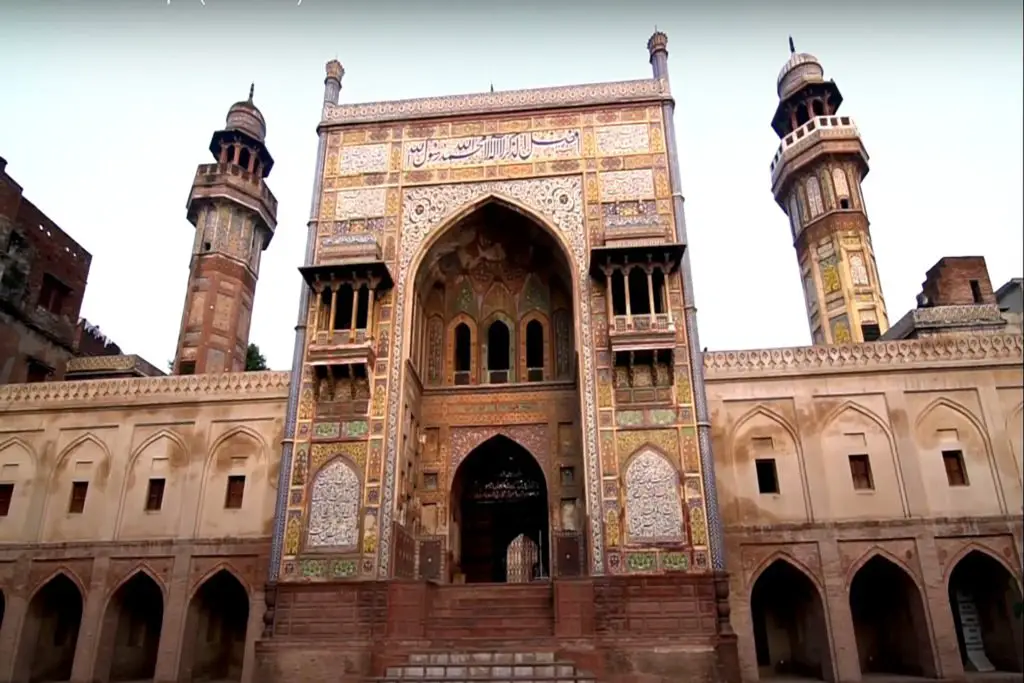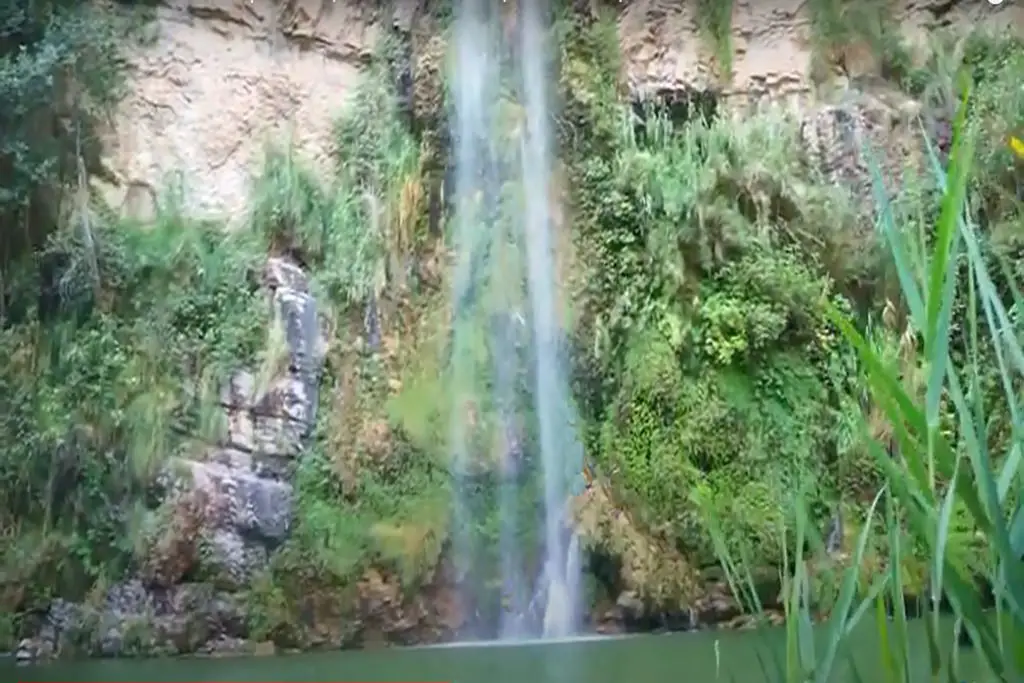Kunala Stupa is an ancient Buddhist site located in the Taxila region of Punjab, Pakistan. It is believed to have been built during the 2nd century BCE, during the time of the Mauryan Empire.
Location of Kunala Stupa
Kunala Stupa is an ancient Buddhist stupa located in the Taxila region of Pakistan. It is believed to have been built during the Kushan period, sometime between the 1st and 2nd centuries CE. The stupa is named after Prince Kunala, the son of the Mauryan emperor Ashoka, who is said to have built the stupa in honor of his mother, Queen Padmavati.
The stupa is located near the village of Mohra Moradu, about 10 kilometers from the main Taxila site. It stands on a small hill and can be seen from a distance. The stupa is circular in shape and is built of brick and stone. It measures about 46 meters in diameter and stands about 15 meters high. Have to climb around 100 stairs to reach the stupa site.
The Kunala Stupa is believed to have been an important pilgrimage site for Buddhists in ancient times. It is said that the stupa contained relics of the Buddha, which were enshrined in a small chamber at the center of the structure. The stupa was also adorned with sculptures and carvings depicting scenes from the life of the Buddha and other Buddhist deities.
Pictures Gallery
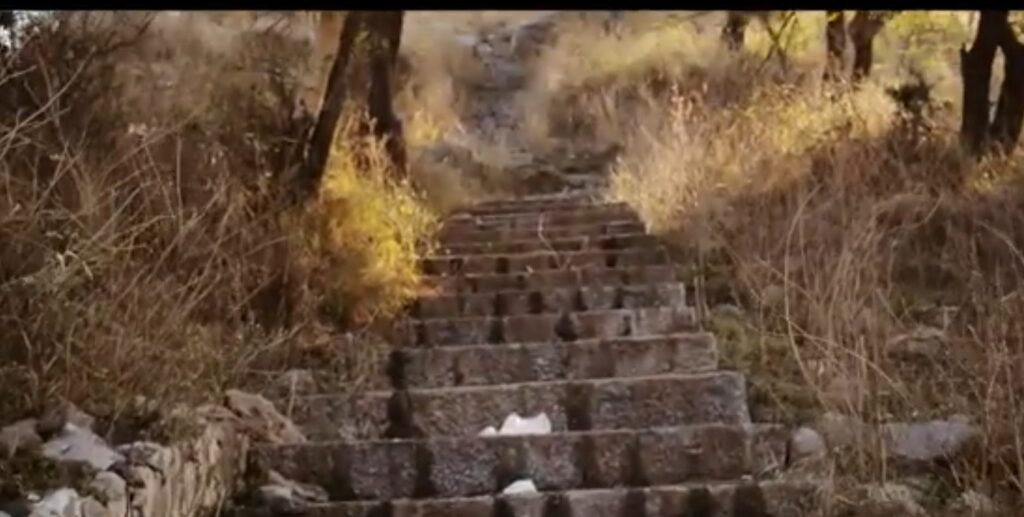
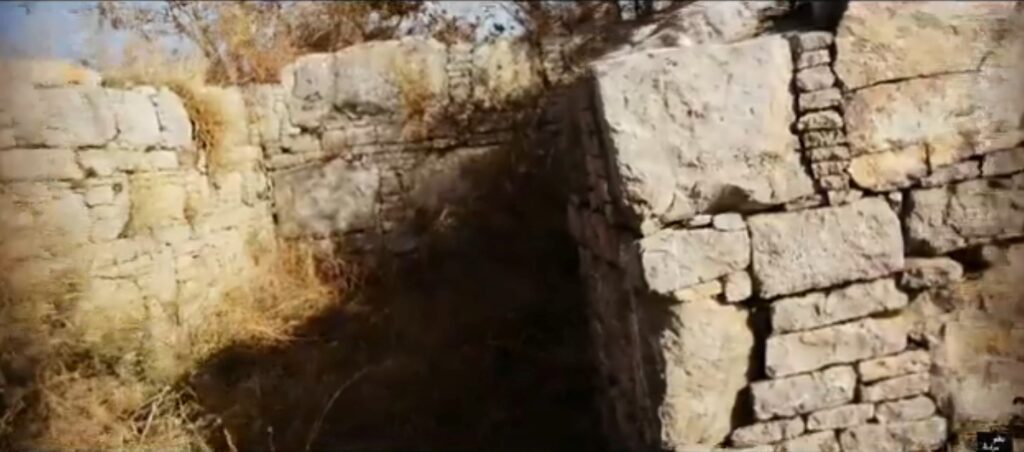

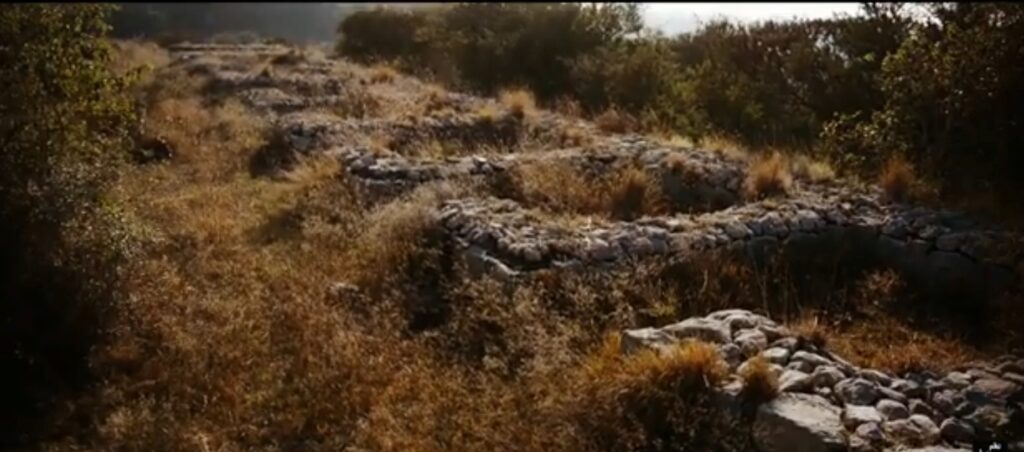

Legend about Kunala Stupa
According to the legend, Kunala or Kunal, a prince, was believed to be blind. However, he possessed remarkably beautiful eyes. A complex situation arose when his stepmother developed an inappropriate affection for Kunala and made advances towards him. Kunala staunchly rejected her advances due to his unwavering loyalty to his father, the King.
In a heartless twist orchestrated by his stepmother, she deceitfully conveyed an order from the King instructing Kunala to blind himself. Tragically, trusting her false representation of his father’s wishes, Kunala subjected himself to searing agony by deliberately scalding his eyes with heated rods, resulting in his actual blindness.
It is believed to have been a major pilgrimage site during ancient times, attracting devotees from all over the region.
The stupa is constructed of stone and brick, and has a diameter of about 21 meters. The structure is surrounded by a large courtyard, which was likely used for gatherings and ceremonies. The stupa itself is topped with a small dome, which is surrounded by a circular railing.
Excavations at the site have uncovered a number of Buddhist relics, including statues, inscriptions, and other artifacts. Many of these items are now on display at the Taxila Museum, which is located in the nearby town of Taxila.
The Kunala Stupa is considered to be an important example of Buddhist architecture, and is one of several ancient sites in the Taxila region that have been designated as UNESCO World Heritage Sites. The site continues to attract visitors from around the world, who come to explore its rich history and to pay their respects to Prince Kunala and the teachings of Buddhism.
Today, the Kunala Stupa is a popular tourist attraction and is visited by both locals and foreigners. It is part of the Taxila World Heritage Site, which also includes other important archaeological sites in the area. The stupa has been partially restored and is surrounded by a small park where visitors can relax and enjoy the view.
Overall, the Kunala Stupa is an important historical and cultural landmark in Pakistan. It is a testament to the rich Buddhist heritage of the region and serves as a reminder of the important role that Taxila played in the spread of Buddhism in ancient times.

